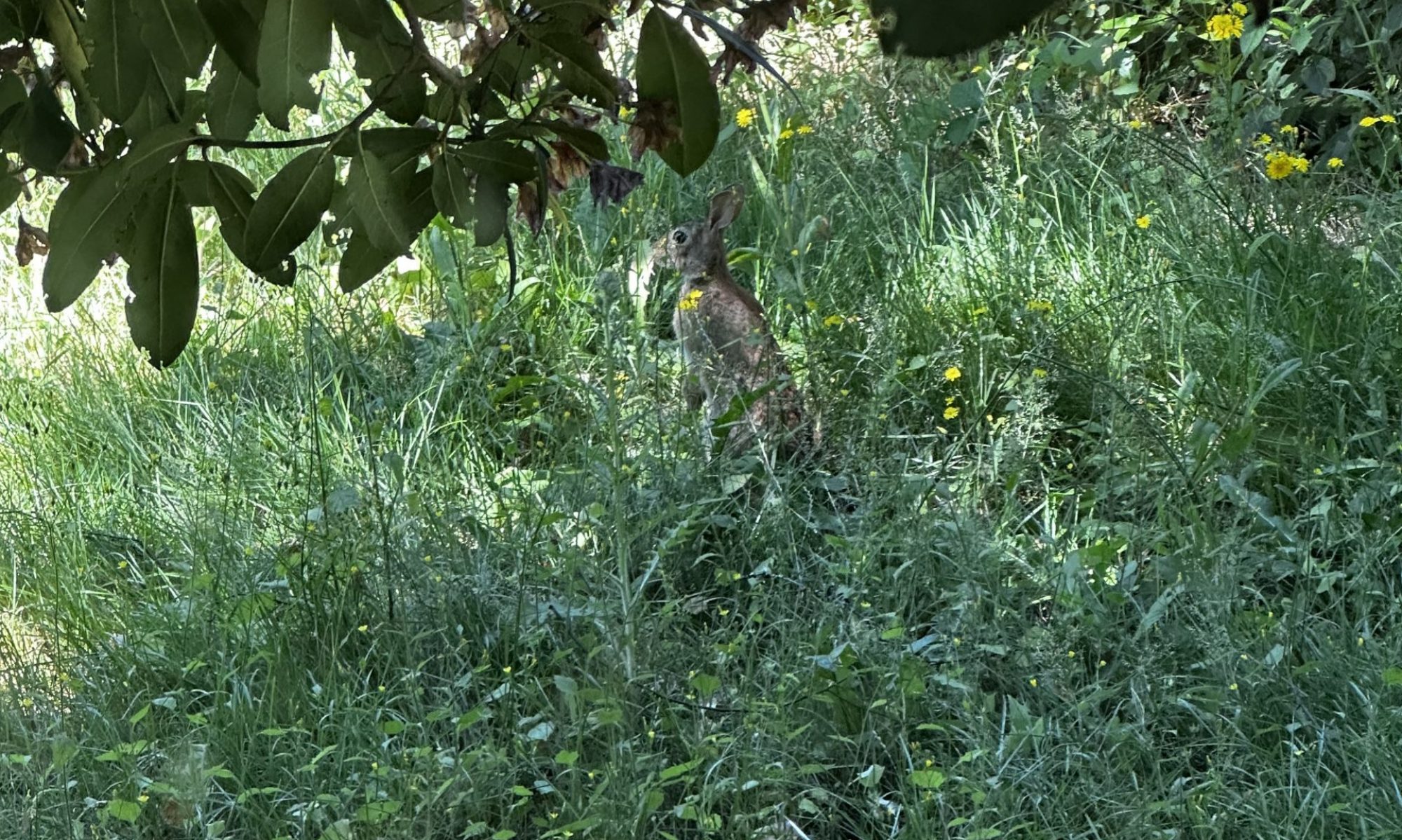Each of us has his own way of emerging from the underworld, mine is by writing. That’s why the only way I can keep going, if at all, is by writing, not through rest and sleep. I am far more likely to achieve peace of mind through writing than the capacity to write through peace. ~Franz Kafka, Letters to Felice
The most important journey you will take in your life will usually be the one of self transformation. Often, this is the scariest because it requires the greatest changes, in your life. ~Shannon L. Alder
Change is supremely inconvenient, uncomfortable and naturally scary. Yet we only move through life through the process of change, reinvention and renewal, and so bravery is our quintessential rebel for pushing us past our own limiting beliefs and behaviours. Bravery is feeling the fear, immersing yourself into it and through it so you can come out the other side. ~Christine Evangelou, Rocks Into Roses: Life Lessons and Inspiration for Personal Growth
Our world is filled with stories of the Underworld, the place of the dead. It is often portrayed as a dark place, a sad place, a lonely place. In western culture we don’t view the Underworld as a place of transformation, but rather as a final landing place, where are soul will rest, or not rest, for the rest of eternity.
In the story of Inanna, she spends three days, dead, in the Underworld after being killed by her sister, Ereshkigal, before she is freed by her handmaiden Ninshubar. In this story Inanna’s time in the Underworld is that of transformation, reformation, and eventually rebirth as she emerges back through the gates with the aid of her friend and handmaiden.
I see our time in the Underworld not as a “final resting place” but more as a place of transformation like in the story of Inanna. I see us traveling in and out of the Underworld throughout our lives, and have come to name this space and time The Goo.
Long time readers have heard/read me talk/write about The Goo before. The Goo is that time and space when a caterpillar is in its chrysalis, and has totally disintegrated, but has not yet begun to form into a butterfly, moth, or dragonfly. It is this in-between stage and is so often uncomfortable because the past is no more and yet the future becoming is totally unknown. It can be a terrifying time, and it can also be a time of calm, renewal, and self-care and nourishing.
When we are able to allow ourselves to be in these in-between places, in The Goo, without anxiety or fear, we can find our ways to our deeper Self. We can shed some of the pains that we had held onto for too long, and create space for something new, different, more true to who we want to be in the world, and not only a person reacting (unconsciously or consciously) to our past traumas and experiences.
Learning to sit in this discomfort, in this unknown, is no easy feat. For those of us with complex trauma the unknown can be so terrifying we freeze and or spiral into the depths of anxiety and or depression. Being able to “know” what is next, having our plans (and sticking to them no matter what), brings us comfort and helps us feel like our lives are less chaotic and that we actually have some amount of control – which then brings us a sense of safeness which allows us to function in the world.
Here’s a thing though, life is chaotic. It is unpredictable. Each next moment is actually an unknown. Plans change. Natural disasters happen. Accidents occur. There is much out of our control, whether we want to think about it or not, and no matter how much we try to bring in order from the chaos that is living life as a human on this planet.
So.
When we are able to accept the chaos for what it is, simply part of living life, we may be able to begin to tolerate the unknowns, the in-betweens. Once that happens then maybe we can learn to find ways to be in those in-between spaces, in The Goo, not only without anxiety, but with a sense of understanding the importance of these spaces, these times. Then perhaps we can learn ways to nourish ourselves, to replenish ourselves, to allow ourselves to rest while we are in The Goo. In the Underworld. In the midst of transition and transformation and rebirth.
/../
This essay was originally written for my weekly(ish) newsletter on January 21, 2019. It has been revised and edited for publication here. To receive my most recent essays, you can subscribe here.
We will be spending some time in the Underworld in my seven week writing program Embodied Writing :: Too much, not enough, & shame. We begin January 27. You can learn more here.
